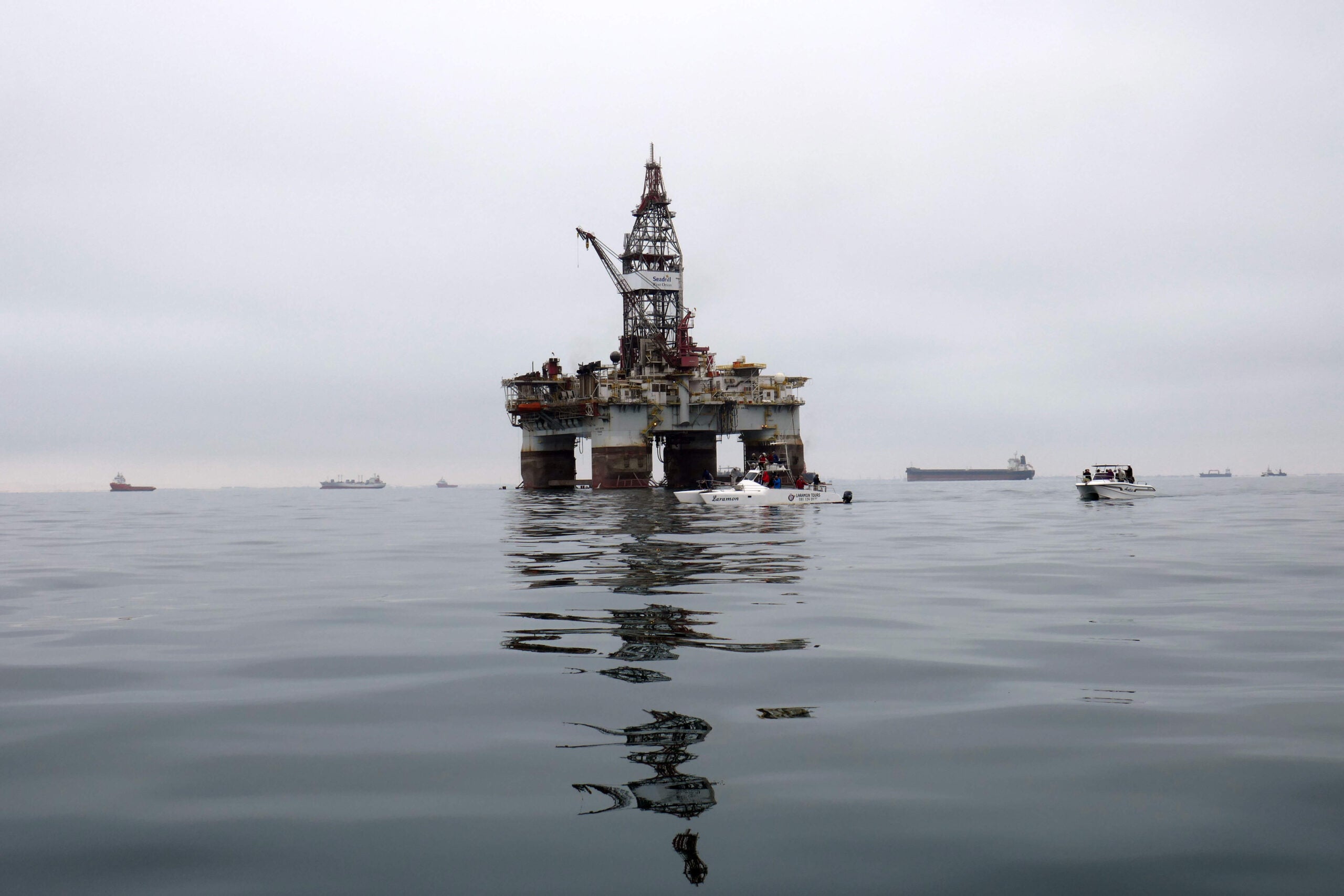
Bordered by resource rich South Africa, Angola and Botswana and the long inhospitable coastline of the South Atlantic, Namibia is an African nation that stands out for its stable governance, small population and millions of acres of desert and bushland.
Like its neighbours, Namibia is rich in natural, mostly mineral, resources that largely sustain the country’s roughly 2.5 million population.
Due to its reliance on diamonds, gold, coal, uranium, copper and rare earth minerals, the recent stint of low commodity prices has impacted the country negatively; it experienced substantially slower economic growth in 2016 (1.2%), according to the World Bank.
The country, which still suffers from extreme socio-economic inequalities despite its high public spending on social programmes, is therefore looking to develop new revenue streams and offshore oil and gas is one sector that shows strong potential.
In the past, Namibia’s offshore prospects have been largely overlooked, but since 2014, when a number of international oil and gas companies, such as Tullow Oil and Repsol, started taking an interest, the sector has picked up.
New offshore activity in Namibia
In October 2017, France’s Total agreed to acquire 70% of privately owned Impact Oil & Gas’ interests in block 2913B offshore Namibia.
How well do you really know your competitors?
Access the most comprehensive Company Profiles on the market, powered by GlobalData. Save hours of research. Gain competitive edge.

Thank you!
Your download email will arrive shortly
Not ready to buy yet? Download a free sample
We are confident about the unique quality of our Company Profiles. However, we want you to make the most beneficial decision for your business, so we offer a free sample that you can download by submitting the below form
By GlobalDataIn a press release, Impact, which was recently recognised in the London Stock Exchange Group’s inaugural ‘Companies to Inspire Africa’ report, said the news is further success for its strategy to secure major oil companies to the project, including Total, ExxonMobil, CNOOC and Statoil as partners.
The block covers 9,000km2 in a location 300km offshore southernmost Namibia, immediately adjacent to the South Africa maritime boundary.
The licence is located within the Orange River basin, shared between both Namibia and South Africa. According to Impact Oil & Gas, recent exploration wells along the outer fringes of the Orange Basin have demonstrated a rich oil prospective zone running through the block.
Furthermore, in December 2017 Pancontinental Oil & Gas signed a petroleum agreement for Block 2713 covering 10,947km2 in the Orange basin offshore Namibia. The block has varying depths from 500m to 3,200m. The agreement includes a four-year exploration program.
The company believes the block is highly prospective for oil, with decent quality mature oil source rocks and very large oil traps.
In November 2017, India’s ONGC Videsh Ltd, the overseas investment arm of the country’s top explorer, Oil and Natural Gas Corp, acquired a 15% stake in Namibia’s offshore Block 2012A (in PEL30) from Tullow Oil.
Tullow has interests offshore Namibia across the PEL30 and PEL37 licences. Both have yielded significant prospectivity in shallow water, the company said.
Future potential
Offshore Namibia is of particular interest to investors because it is part of the plate tectonic “conjugate” of offshore Brazil, where world-scale oil and gas discoveries have been made in recent years. The area also lies on the West African continental margin adjacent to Angola, where many major oil discoveries have been made.
Oil was found in May 2017 at the Wingat-1 well in the Walvis Basin drilled by Brazil’s HRT and its partner GALP Energia, but not in commercial volumes.
Managing director of Namibian state-owned oil and gas company NAMCOR, Immanuel Mulunga, told Oil Review Africa that now is a “very exciting time” for Namibia, particularly with the calibre of investors the region has attracted.
“We will work up and bring in bigger companies like everyone’s doing,” Mulunga said, adding that he is confident of oil discoveries in Namibia because of “very promising” seismic data.
A key project underway offshore Namibia is the Kudu gas field discovered by Chevron in 1974. Since then various operators, including Shell and Tullow Oil, have drilled a further seven appraisal wells before withdrawing from the concession after failing to secure a commercial outlet for the gas.
The field is estimated to contain resources in the range of 755-2,308 bcf, but further testing is needed. In September 2017, BW Offshore, via its subsidiary BW Kudu, made an agreement to take a 56% operated stake in the license. NAMCOR has the other 44%.
The companies hope to develop the field via a floating production unit, with production exported through a pipeline to a new 885MW gas-to-power plant onshore Namibia.
The expected Namibian domestic electricity demand from the project is approximately 400MW, therefore the remainder of the electricity will need to be exported by means of power purchase agreements with Zambia and South Africa.
Mulunga has said the project could significantly reduce the country’s reliance on imported power while at the same time accelerating economic development.
“[It] will not only enable Namibia to entirely cater for its own power needs but become a net exporter of power to regional markets,” he said. A final investment decision on the project is anticipated before June 2018.
Namibia’s oil and gas industry is still in the frontier stages. Overall, only 15 exploratory wells and seven appraisal wells have been drilled, according to NAMCOR. To date, over 50 licenses have been awarded by the Ministry of Mines and Energy.
Ambitions are now high but until a major find is made to cement the offshore territory as a new major oil and gas hub, it remains another region fighting for limited investment dollars.







